1/5




Loreen Composting Agent for Kitchen Deodorization& Decontamination Wastewater Treatment
$0.10 / Ton
- FOB Price:
- Negotiable | Get Latest Price
- Order Quantity:
- 1 Set / Sets
- Supply Ability:
- 1000 Set / Sets per Month
- Port:
- shanghai
- Payment Terms:
- T/T L/C D/P D/A Credit Card PayPal Cash Escrow Other
- Delivery Detail:
- 5 days
Hot in store
-
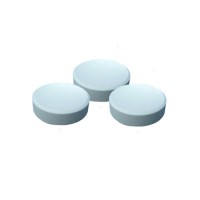
Popular Non-Toxic Effective and Pollutio
$2.60 -
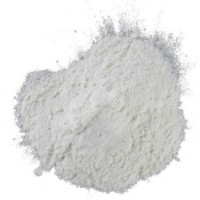
Green and Environment-Friendly Cio2 Whit
Inquiry -
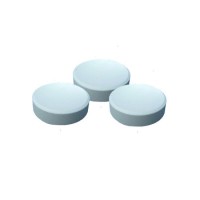
Popular Non-Toxic Effective and Pollutio
$2.60 -
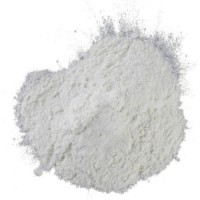
Green and Environment-Friendly Cio2 Whit
Inquiry -
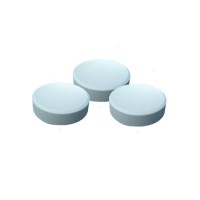
Popular Non-Toxic Effective and Pollutio
$2.60 -
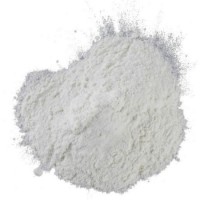
Green and Environment-Friendly Cio2 Whit
Inquiry -
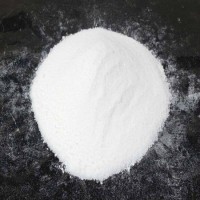
High Efficiency While Color Cio2 Microcr
$3.50 -
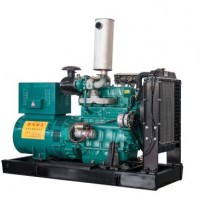
Good Quality 50kw 63kVA Weichai Engine X
$2.00
Product Details
Product Name: Loreen Composting Agent for Kitchen Deodorization& Decontamination Wastewater Treatment Model NO.: ZYE RBFW-04 Application: Industry Appearance: Tan Fine Powder Odor: Slight Sweet-Smelling Density: 430-520kg/M3 Mesh Pattern: 98% Humidity: ≦15% pH: 6.0-8.0 Enzyme: Protease, Lipase, Cellulase Trademark: Loreen Transport Package: Drum Origin: Shandong, China HS Code: 2309901000 Product Description ZYE RBFW-04 Composting Agent for Kitchen Deodorization& DecontaminationZYE-RBFW-04 is a blend of bacteria and enzymes. The bacteria are natural, not genetically-engineered. It is suitable for all kinds of organic waste degradation. These organisms mainly exist in the kitchen waste. Under the stable temperature, ZYE-RBFW-04, which can degrade many kinds of organisms easily, is suitable for kitchen waste treatment.PHYSICAL PROPERTIESZYE-RBFW-04 contains a blend of aerobic and anaerobic bacteria enzymes, which can provide high-quality amylase, protease, lipase and cellulose. It covers Bacillus subtilies, Polymyxa, Aapergillus, Nocardia, protease, Lipase, Cellulase and other useful bacterias and some nutrient element. Appearance:Tan fine powderOdor:Slight sweet-smelling Density:430-520kg/m3 Mesh Pattern:98% could pass through 15-hole mesh Humidity:<=15% Storage: cool and dry place Emergency Treatment: avoid massive inhalation, wash hands after use Scope of Application: PH: 6.0-8.0 Optimum conditions PH=7 Temperature:10ºC-70ºCOptimum temperature: 25ºC-65ºCBacteria: Bacillus subtilis, Polymyxa, Aapergillus, Nocardia and other useful bacterias. Enzyme:Protease, Lipase, CellulaseCHARACTERISTICSIt contains a large number of microorganisms that can degrade the target pollutants. It can survive in the pollutants independently and make use of toxic substances as the sole carbon source when other nutrients reach the minimum. It can reproduce and metabolize the pollutants in the compound environment under which it always combine with some heavy metals. After full decomposition of the microbe and organic matter, the microorganism metabolites, green organic fertilizer is easily absorbed by plants.APPLICATIonIt can be used for eliminating the kitchen waste smell, and inhibiting the generation of harmful microorganisms such as other pathogens. It can also be used to treat leachate generated in the process of treatment and reduce the concentration of BOD, COD, ammonia, phosphate, nitrite and surfactant.ADVANTAGES.Remove the unpleasant kitchen odor during the process of disposal and inhibit the formation of harmful microorganisms .Reduce the amount and size of organic garbage .Reduce the BOD, COD content of landfill leachate and alleviate subsequent disposal load .Unique bacterial formula + biological reinforcing agents + micronutrients .Improve the removal rate of organic matters in waste. .Reduce mosquitoes and flies .Reduce the use of chemicals to lower processing cost.USE METHOD AND DOSAGEDissolve this product with 50 times of water; let it stand for 30 - 45 minutes for cell activation, then it can be used directly. It can also be used by diluting to needed times. The best water used for preparation is river or well water. Tap water can also be used, but should be placed for 48 hours to remove residual chlorine so as not to inhibit the activity of microorganisms. Solution should be evenly sprayed on the surface of the garbage. It had better penetrate into the garbage and be full wet.STATEMENTFor the treatment conditions for different garbage are different, please contact our technical representatives to obtain more information.TECHNICAL SERVICESShandong Loreen International TradeCo., Ltd. will assist our customers to use the product correctly.Waste,Wastewater TreatmentWastewater treatment is an important public service. Wastewater treatment plants consume large amounts of energy each year and therefore have excellent conservation potential with more efficient treatment methods. The use of energy in wastewater treatment will definitely increase in the future due to growth in population, more stringent environmental regulations and high demand for the reuse of wastewater. There are many methods to treat wastewater. The most common processes of wastewater treatment involves screening and clarification to remove solids, aerobic, suspended growth, activated sludge, reduction of organic pollutants and chlorine disinfection to minimize pathogens. Although energy use in aerated lagoons and trickling filters and are more efficient than other processes, they present many drawbacks as well. Many wastewater treatment plants are shifting from chemical-based disinfection to microbiological disinfection to eliminate the dangers of storage and handling of toxic chemicals. Wastewater flow rates, concentration of solids and contaminants, type of treatment process, government standards and regulations of effluent discharge, disinfection methodsand other factors vary greatly from place to place and plant to plant.Integrating new processes to existing treatment facilities is difficult and can be very costly. Microbiological disinfection methods provide minimum plant design and equipment alterations and has proven to produce favorable results and is cost effectiveContact
Contact with Supplier
Recommend product
-
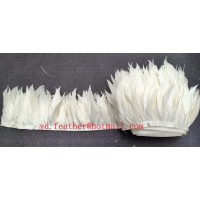
Stripped Soft Goose Fe
$3.00 -
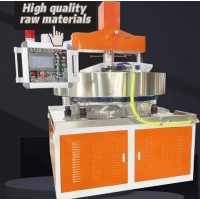
plastic ball grinding
$30000.00 -
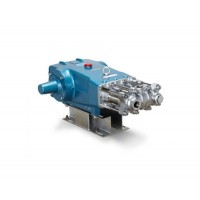
CAT piston pump 281
$4000.00 -
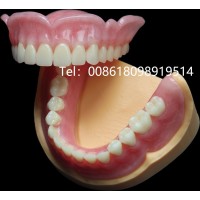
Droichead Zirconia Plu
$10.00 -
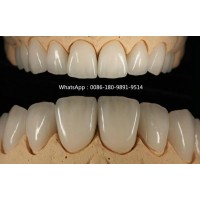
E.max crown, Veneer, I
Inquiry -
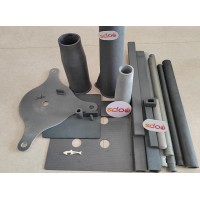
ReSiC Beams/plates/bur
$16.00 -
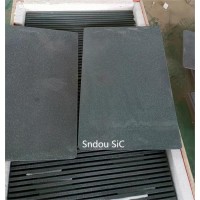
RSiC Slabs Boards Tile
$15.00 -

RSiC Batts as Kiln she
$15.00 -
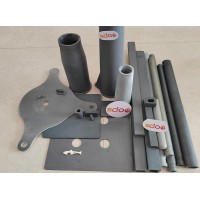
RSiC Tube by recrystal
$10.00 -
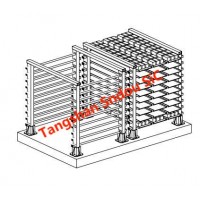
RSiC Kiln Furniture (B
$16.00 -
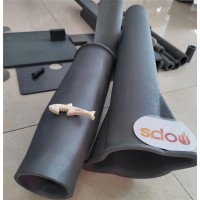
RSiC Burner Nozzle Fla
$18.00 -
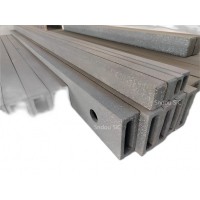
RSiC Beam Support Pill
$16.00 -
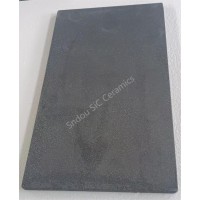
RSiC plate Slab Board
$15.00 -

NSiC Tube Pipes by Nit
Inquiry -
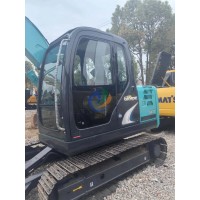
used excavator hudraul
$16600.00 -
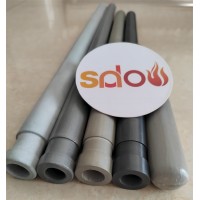
NSiC Thermocouple Prot
Inquiry -

Stalk Riser Tube for L
Inquiry -

NSiC Ceramic Heater Pr
Inquiry -

RSiC NSiC Ceramic Kiln
Inquiry -
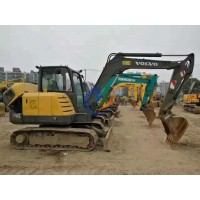
used excavator hudraul
$11500.00
Product parameters
closure
This shop is operated by agent
- Set up shop
- Authorized by Manufacturers & Suppliers online marketplace B2B platform GongWong.com, can provide agency service
- Service Introduction
- Authorized product, Internet cloud promotion service integrating certification promotion and procurement inquiry
- Intelligent website construction
- PC terminal + mobile terminal, create a cost-effective corporate website!
closure